For image processing inspections, reliably capturing images of the object of inspection is more important than anything, and, like inspection systems, the setup of cameras, lenses, and lighting is essential.
Here, we introduce each representative type as well as how to make selections.
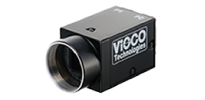
| Features | During image capturing | |
|---|---|---|
 Area sensors |
This is the most commonly used image-capturing method for image processing inspections during which two-dimensional images are captured. The image size is determined by the camera. | The objects of inspection are generally stopped, but using strobe lighting makes it possible to capture images of moving objects of inspection. |
 Line sensors |
This image-capturing method is based on the same principle as a scanner or copy machine and involves continuously capturing a one-dimensional image (one line) to synthesize a two-dimensional image. This method is effective for continuously capturing images of objects of inspections bigger than those handled by area sensors. | The camera or object of inspection must be moving in one direction. |
※You can scroll horizontally.
| Features | |
|---|---|
| Monochrome cameras | With color cameras, because there are limits related to chromatic aberration and lighting colors, monochrome cameras are used for image processing in an overwhelming number of cases. |
| Color cameras | Color cameras are used to detect color discrepancies and judge color unevenness in objects of inspection. Because three times the amount of data is required than in the case of grayscale images of monochrome cameras, the image processing equipment must have high performance as well. |
Resolution of a 1 CCD color camera

The sort of array shown in the figure on the left is typical for a CCD color filter. The reason there is a lot of green is that human eyes are particularly sensitive to the color. Because the colors R, G, G, and B are assigned to each photodiode to record an image, the resolution falls to 1/4th the number of pixels compared to what it should be. Therefore, for each pixel, the nearby pixel output is used to perform interpolation operations and create RGB.
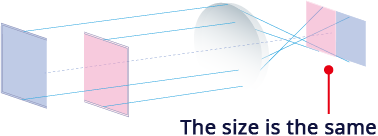
・Because the principal ray is parallel to the optical axis, there is no angle of view.
→There is no change in the image size.
・Because there is almost no nearby warping,
these lenses are optimal for high-precision dimensional measurement in the depth-of-field direction (the Z axis).
・For cases where the field of view is 50 mm or less
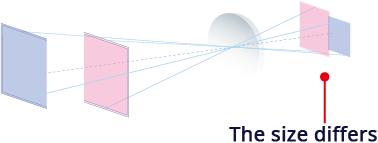
・The image size changes depending on the Working Distance (WD).
・These lenses are suitable for cases where there is a greater emphasis on cost than on precision.
・For cases where the field of view is large (approximately 50 mm or more)

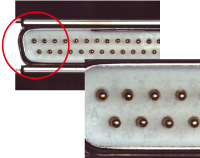
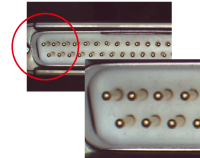
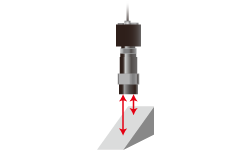
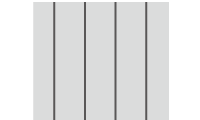
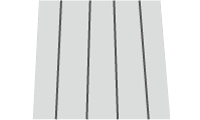
Because simply changing the lighting pattern can have a major effect on the contrast of an imported image, the key to successful image processing is said to lie in lighting technology. Careful consideration is therefore necessary during the initial lighting selection (the selection of a lighting method, wavelength, and shape suitable for the object of inspection).
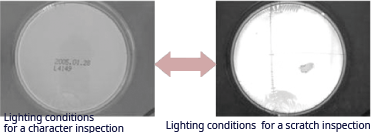


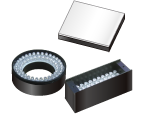

We are an expert group in the field of visual inspections and image processing inspections. We are not just a manufacturer. Instead, we are a visual inspection and image processing inspection system manufacturer that combines knowledge of and experience related to image processing algorithms, optical technology, electronics, and machinery in order to provide comprehensive consulting as a development engineering company.